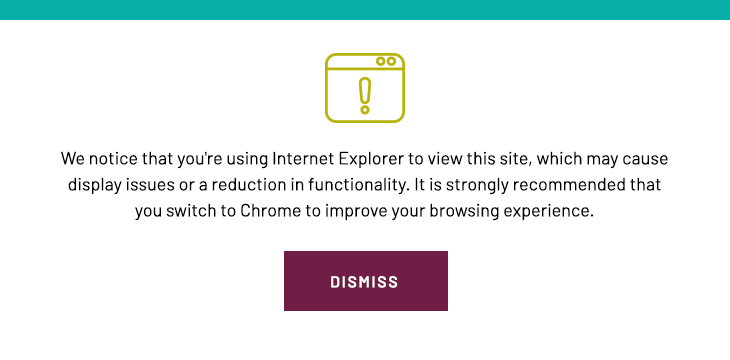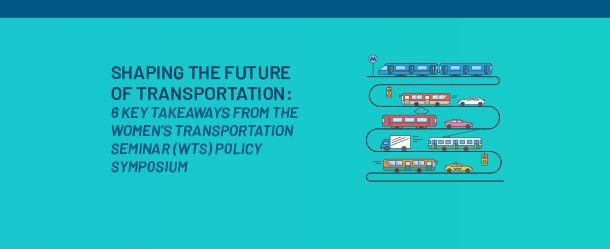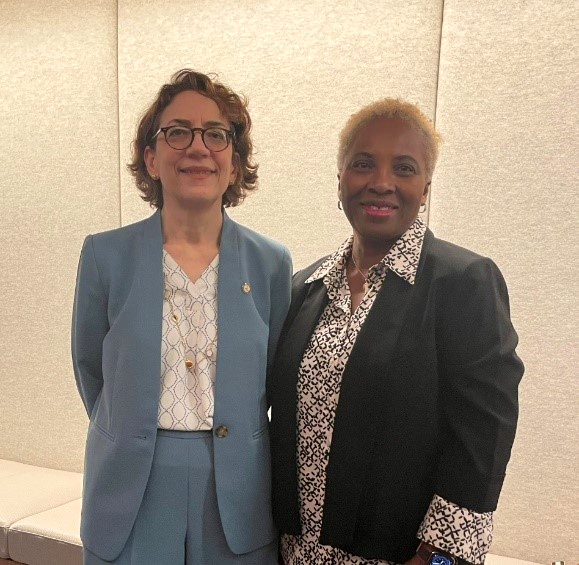



In March, I had the opportunity to attend the Women’s Transportation Seminar (WTS) Policy Symposium in Washington, DC. This annual conference is attended by federal, state, and local policymakers, as well as many owners and consultants in the public and private transportation industry. The Symposium addressed policies for different modes of transportation and covered topics such as funding, new technology, labor and workforce development, legislation around education, small and women-owned business support, and DEI (diversity, equity, and inclusion). Since returning from the conference, I’ve had some time to reflect on the topics covered and compiled a list of my key takeaways from the Symposium:
The conference kicked off with a fantastic keynote address from Polly Trottenberg, Deputy Secretary for Transportation for the US Department of Transportation (DOT). She emphasized transportation safety – safer roads, safer speeds, and accessibility for all drivers, pedestrians, and cyclists – and mentioned the National Highway Traffic Safety Administration’s (NHTSA) work towards making impaired-driving technology a standard in passenger vehicles. This technology will help combat alcohol-impaired driving, one of the leading causes of death on our roads. Data on the NHTSA website sadly indicates that in 2021, 13,384 people were killed in drunk driving crashes. We also heard about updates to the Manual on Uniform Traffic Control Devices for Streets and Highways (MUTCD) including improvements to pedestrian safety, enhanced access for mobility-impaired users, and signage standards for electric vehicles.
Another key conference topic was federal funding initiatives aimed toward a more sustainable future. This includes electric vehicle (EV) charging and the goal of creating a national, accessible, and reliable network that supports clean transportation. We also learned about the funding provided by agencies such as the Department of Energy, Department of Transportation, and Federal Transit Administration to achieve the US 2050 goals for decarbonization and efforts to track and reduce greenhouse gas emissions, as well as the need to build infrastructure that can withstand natural disasters like storms, hurricanes, mudslides, and wildfires.
You read that right. There are 47,000 new road, rail, ports, and airport infrastructure projects across the US as a result of the Investing in America Agenda. Some of these projects include reconnecting and revitalizing communities by removing or reconstructing highways or other transportation facilities that create barriers between communities and promoting mobility and economic development. These projects will improve communities’ access to groceries, transportation, jobs, healthcare, and investments for future generations. There are also initiatives for building more “people-centric” highways that are safer and more considerate of pedestrians and bikers.
We heard from congressional leadership about due diligence in tracking awarded funds to ensure they are spent as planned, which will drive the next authorizations. Agencies are receiving funds under programs such as capital investment grants (CIG) to replace aging rail car fleets and expand new and rapid bus transit across the country. Many agencies are receiving funds to build much-needed bus garages and maintenance facilities. The Federal Transit Administration (FTA) is advancing the Low or No Emission Grant Program initiatives that will support agencies in purchasing or modernizing buses and improving bus facilities, streamlining grant application requirements and helping US bus manufacturers deliver the vehicles needed to meet demands. There are also initiatives focused on improving housing affordability around transit stops, getting more women involved in transportation initiatives, and bringing more women into the workforce. Recent Federal Railroad Administration and Amtrak Long-Distance Service Study results showed a lot of interest from states in bringing passenger rail to areas with limited or no service.
There was a lot of discussion around attracting, recruiting, and retaining diverse talent, having a safe and inclusive workplace, ensuring people have a sense of belonging, and offering flexibility in work schedules and locations. It is important to actively engage in succession planning and allow a diverse group of people to be included in design of transportation initiatives. Also, fostering workplace empathy and understanding how others perceive and react are underlying factors in making everyone feel like they belong.
The US DOT is looking at policies that help get more women into the driver’s seat for trucking and to educate women on the types of trucking industry jobs where they are currently underrepresented, such as driving, management, logistics, dispatch, safety, and compliance. The trucking industry offers flexibility and accessibility, good-paying jobs, benefits, and career advancement opportunities, but women are largely underrepresented as drivers and in other positions with good pay. The DOT is also examining trucking company policies to prevent sexual harassment and to make it easier for women to report harassment. Looking up data for 2023, women make up approximately 12% of truck drivers, a significant increase since 2018. A Bureau of Labor Statistics (BLS) report for 2023 similarly shows that women make up approximately 11% of construction workers in the US.
I left this year’s conference energized about what we can look forward to in the transportation industry, such as a focus on safety, investing in sustainable transportation, getting more women into good-paying jobs in the industry, making our industry and workplace more equitable, and striving for on-time and on-budget project delivery.

Comments